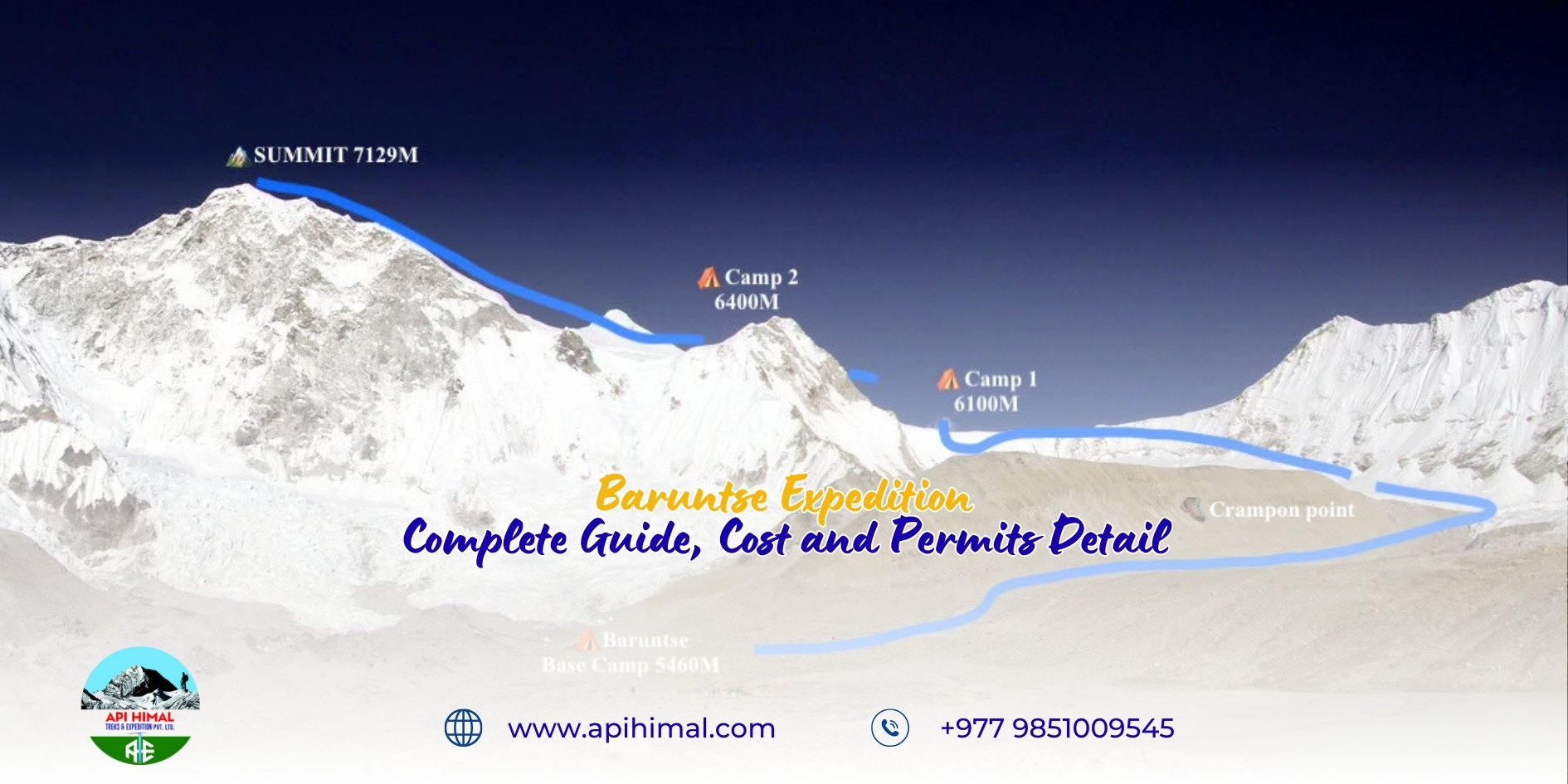Wi-Fi and Electricity Facilities During the Everest Region Trekking

Wi-Fi and Electricity Facilities During the Everest Region Trekking!
The Everest Region, locally known as the Khumbu Region, is one of the most iconic and sought-after trekking destinations in the world. Nestled in northeastern Nepal within the boundaries of the Sagarmatha National Park, this region is home to the world’s highest peak, Mount Everest (8,848.86 meters/29,031.7 feet), and a host of other towering Himalayan giants. Trekking in the Everest Region offers a unique blend of natural beauty, cultural richness, spiritual vibrance, and high-altitude adventure that is hard to match anywhere else.
The journey into the Everest Region typically begins with a thrilling flight from Kathmandu to the mountain airstrip of Lukla (2,860 meters). From here, trekkers follow ancient trails used by the Sherpas, passing through picturesque villages, rhododendron and pine forests, roaring rivers, and high suspension bridges. As the trek progresses, the landscape becomes more rugged and dramatic, revealing the breathtaking panoramas of the Himalayan range.
One of the major highlights of the region is the Everest Base Camp (EBC) Trek, which takes trekkers to an altitude of 5,364 meters. This legendary trail follows the footsteps of Sir Edmund Hillary and Tenzing Norgay, the first climbers to successfully summit Mount Everest in 1953. Along the route, trekkers can visit notable spots such as Namche Bazaar, the bustling Sherpa capital; Tengboche Monastery, the spiritual center of the Khumbu; Dingboche and Lobuche, high-altitude settlements offering striking views; and finally, Kala Patthar (5,545 meters), the best vantage point to witness the grandeur of Everest and its neighboring peaks at sunrise or sunset.
The Everest Region isn’t just about Everest Base Camp. Other popular trekking routes include the Gokyo Lakes Trek, renowned for its serene turquoise glacial lakes and the panoramic vista from Gokyo Ri (5,357 meters); the Three Passes Trek, a challenging loop covering Kongma La (5,535 m), Cho La (5,420 m), and Renjo La (5,340 m) passes; and the Everest View Trek, a shorter, less strenuous option ideal for those with limited time or fitness, yet still offering majestic Himalayan views and deep cultural insight.
Culturally, the region is predominantly inhabited by the Sherpa people, an ethnic group known for their exceptional mountaineering skills and warm hospitality. Visiting traditional Sherpa villages allows trekkers to witness centuries-old customs, prayer flags fluttering in the wind, mani walls, chortens, and intricately adorned monasteries that reflect deep-rooted Tibetan Buddhist influence. The Tengboche Monastery, perched against the backdrop of Ama Dablam, is a spiritual and visual treat for trekkers.
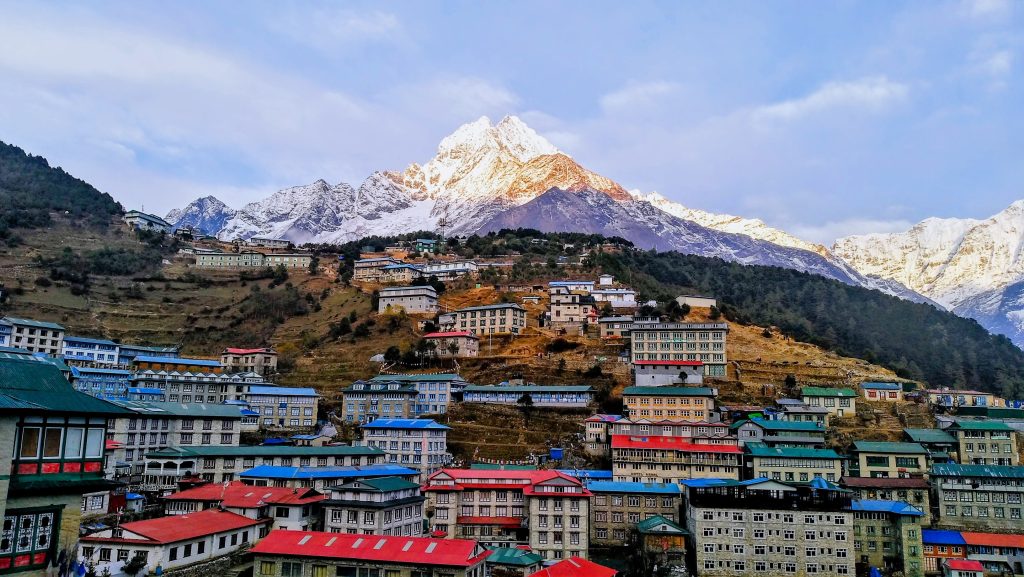
Sagarmatha National Park, a UNESCO World Heritage Site, protects the region’s fragile alpine ecosystem. The park is home to rare flora and fauna including Himalayan thars, musk deer, snow leopards, red pandas, and a variety of bird species. Depending on the season, trekkers may walk through forests blooming with rhododendrons or across snowy landscapes.
The best time to trek in the Everest Region is during the pre-monsoon spring season (March to May) and the post-monsoon autumn season (September to November). These months offer clear skies, stable weather, and excellent visibility. Spring brings blooming rhododendrons and warmer temperatures, while autumn provides crisp air and crystal-clear mountain views.
Trekking in the Everest Region requires good physical fitness due to the steep ascents and high altitudes. Acclimatization is crucial, and most itineraries include rest days, especially at Namche Bazaar and Dingboche, to help trekkers adjust to the elevation. Altitude sickness is a real concern and should not be taken lightly.
Accommodation along the trail is widely available in the form of tea houses—simple lodges that provide meals, sleeping quarters, and basic amenities. In recent years, some luxury lodges have also emerged, offering more comfortable facilities for trekkers who prefer a deluxe experience. Wi-Fi, charging stations, and hot showers are available at many lodges for an extra fee, especially in lower-altitude villages.
The Everest Region continues to evolve, balancing the influx of tourism with sustainability. Local communities, in collaboration with conservation agencies and trekking companies, strive to maintain eco-friendly practices and preserve the natural and cultural heritage of the Khumbu.
In conclusion, Everest Region trekking is not just a physical journey but a deeply transformative experience. It allows trekkers to immerse themselves in the majestic presence of the Himalayas, connect with the resilient Sherpa culture, and discover their own limits and strengths in one of the most awe-inspiring landscapes on Earth. Whether it’s reaching Everest Base Camp, exploring hidden valleys, or simply soaking in the spiritual energy of the mountains, a trek in this region promises memories that last a lifetime.
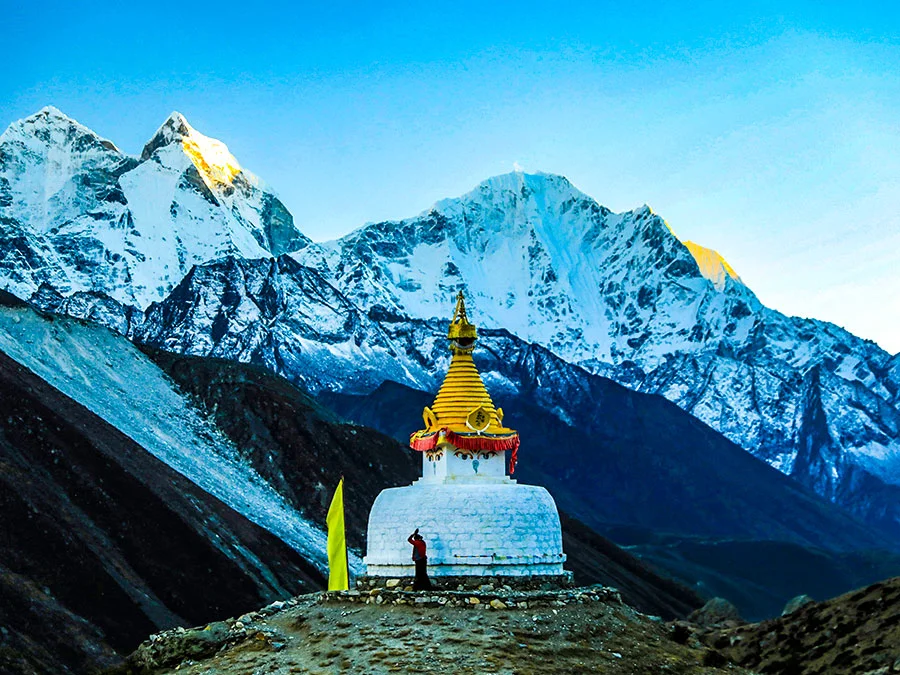
Facilities Can Expect During the Everest Region Trek
Trekking to the Everest Region is a once-in-a-lifetime adventure, and while it takes you into remote Himalayan terrain, the route is surprisingly well-developed with facilities catering to a wide range of trekkers — from budget backpackers to luxury travelers. Here’s a comprehensive breakdown of the key facilities you can expect during your Everest Base Camp (EBC) or other treks in the Everest Region:
Accommodation Facilities
- Tea Houses / Lodges:
Most trekkers stay in local tea houses — small, family-run lodges that offer basic rooms with twin beds, a blanket, pillow, and shared bathrooms. - Luxury Lodges (Lower Khumbu):
In villages like Lukla, Phakding, Namche Bazaar, and Pangboche, you’ll find upscale lodges offering private rooms with attached bathrooms, electric blankets, Wi-Fi, and a la carte dining. - Bathrooms:
In lower regions, many lodges offer Western-style toilets and hot showers. As you ascend, bathrooms may become more basic (squat toilets, bucket showers). - Blankets & Bedding:
Bedding is usually provided, but bringing a sleeping bag is recommended for hygiene and warmth above 4,000m.
Food and Dining Facilities
- Menus and Variety:
Almost every tea house offers a standard menu regulated by the local lodge committee. Common items include dal bhat (rice, lentils, vegetables), momo (dumplings), noodles, pasta, pancakes, eggs, and soups. - Breakfast Options:
Toast, porridge, eggs, Tibetan bread, pancakes, and tea/coffee are commonly served. - Drinks:
Tea (black, milk, ginger, mint), coffee (instant or brewed in some lodges), bottled water, and soft drinks are available, although prices increase with altitude. - Safe Drinking Water:
Bottled water is available but discouraged due to plastic waste. Most trekkers use boiled or purified water (using purification tablets or filters). - Vegetarian Meals:
Easily available. Meat is not recommended above Namche due to lack of refrigeration.
Showers and Toilets
- Hot Showers:
Available for a small fee in most lodges. These may be gas-heated or solar-powered. - Bucket Showers:
At higher altitudes (like Dingboche, Lobuche, and Gorakshep), hot bucket showers are more common. - Toilets:
Shared toilets are the norm. Western-style is more common in lower villages; squat toilets are typical at higher altitudes. - Toilet Paper:
Not provided — bring your own or buy en route.
Electricity & Charging
- Charging Devices:
Charging is available in most lodges (via solar or hydroelectric power), but you’ll pay per hour or per device. - Power Sources:
Bring a power bank or solar charger to stay independent. - Electricity Outages:
Common in remote areas, especially in cloudy weather or during peak season.
Wi-Fi and Mobile Connectivity
- Wi-Fi:
Many lodges offer Wi-Fi through the “Everest Link” or “Airlink” systems. You’ll need to buy a prepaid card for data. Speeds are slow but usable for messaging and social media. - Mobile Network:
Ncell and NTC have partial coverage up to Tengboche or Dingboche, with weak signals at higher elevations. - Satellite Internet:
Available at some premium lodges or villages like Gorakshep for an extra charge.
Medical and Emergency Facilities
- First Aid:
Most guides and lodges have basic first aid kits. Trekkers are advised to carry their own essentials. - Altitude Sickness Support:
Guides are trained to recognize symptoms of AMS (Acute Mountain Sickness) and may carry portable oxygen. - Health Posts:
Clinics are available in Pheriche and Namche Bazaar, supported by the Himalayan Rescue Association. - Helicopter Evacuation:
Available in emergencies. It’s strongly recommended to have comprehensive travel insurance covering helicopter evacuation.
Shops and Essentials
- Souvenir and Gear Shops:
Namche Bazaar has gear shops, bakeries, pharmacies, and even an ATM. - Pharmacies:
Available in Namche and Lukla for basic medicine and supplies. - Bakeries & Cafes:
Namche, Dingboche, and Lukla offer Himalayan bakeries serving pastries, cakes, and coffee.
Money and ATMs
- Cash is King:
No card payment facilities above Lukla. Carry enough cash (Nepali rupees) for the entire trek. - ATMs:
Available in Lukla and Namche, but not always reliable. Withdraw in Kathmandu before flying to Lukla.
Porter and Guide Services
- Porters:
Carry up to 20–25 kg of combined weight (usually 2 trekkers’ duffel bags). - Guides:
Provide navigation, cultural insights, and ensure your safety and comfort throughout the trek. - Hiring:
You can hire guides and porters through agencies in Kathmandu or Lukla, or pre-arranged through trekking companies.
The Everest Region is surprisingly well-equipped for trekkers, offering a good mix of traditional charm and essential facilities. While comfort decreases with altitude, the support system of tea houses, meals, and connectivity makes the journey accessible even to those new to high-altitude trekking. With proper preparation, the experience is both rewarding and well-supported — a perfect blend of adventure and hospitality amidst the world’s highest mountains.
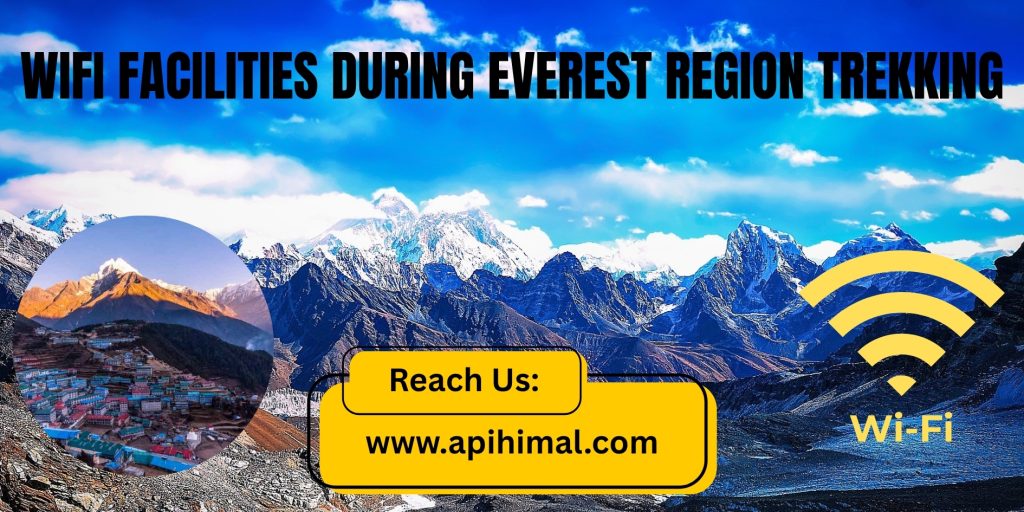
Wi-Fi and Electricity Facilities During Everest Region Trekking
Trekking in the Everest Region offers a unique high-altitude adventure in one of the world’s most remote yet well-trodden trails. While you’re far from urban conveniences, you can still expect reasonable Wi-Fi and electricity facilities along the route — though with limitations that vary by altitude, location, and season. Here’s a detailed guide to help you understand what to expect:
Is Electricity Facilities Available in the Everest Region?
Availability
- Lower Region (Lukla to Namche Bazaar):
Electricity is widely available through hydropower or solar panels. Charging electronic devices is possible in most tea houses. - Mid to High Region (Tengboche, Dingboche, Lobuche, Gorakshep):
Power is more limited and primarily solar-based. Cloudy weather can affect availability. Charging may be restricted to certain hours or paid.
What is Charging Costs of Gadgets during Everest Region Trekking?
- Charging is not free in most places beyond Namche. Tea houses typically charge per device or per hour.
- Average charging prices (subject to change):
- Lukla to Namche: Free to NPR 200 ($1.5)
- Tengboche to Lobuche: NPR 300–500 ($2.5–4) per device
- Gorakshep: NPR 500–800 ($4–6) per hour
Power Types and Tips
- Power outlets are mostly two-pin or three-pin (European-style).
- Bring a universal travel adapter and extra power bank (10,000mAh or more recommended).
- Some tea houses may restrict charging to communal areas, not in rooms.
Battery Life Tips
- Cold temperatures drain batteries quickly — keep phones, batteries, and cameras warm (inside your sleeping bag at night).
- Switch phones to airplane mode to conserve power.
- Use solar chargers if you want to stay off-grid but connected.
Can i get Wi-Fi and Internet in the Everest Region?
Availability
- Everest Link Wi-Fi:
The most common Wi-Fi network in the Everest Region. Available in most tea houses from Lukla to Gorakshep. - Airlink Wi-Fi:
Another network in use in certain areas, but less widespread than Everest Link. - Mobile Data (Ncell/NTC):
Mobile signal works up to Tengboche or Dingboche in good weather. Beyond that, it becomes unreliable or unavailable.
Where Wi-Fi Works Best
- Strong Signal: Lukla, Phakding, Namche Bazaar, Tengboche
- Moderate Signal: Dingboche, Pheriche, Pangboche
- Weak/Unreliable: Lobuche, Gorakshep (only premium lodges or satellite Wi-Fi)
What is the Cost of Using Wi-Fi in Everest Region?
- Wi-Fi is not free above Lukla, and prices increase with elevation.
- You must purchase a Wi-Fi data card from Everest Link (sold in lodges):
- NPR 600–700 for 200 MB (~$5)
- NPR 1,000–1,200 for 1 GB (~$8–10)
- Valid only in Everest Link hotspots. Speeds are slow, especially for uploads or video calls.
Mobile Network Coverage in Everest Region
- Ncell: Best coverage in Namche Bazaar and lower villages. May work up to Tengboche.
- NTC (Nepal Telecom): Less reliable than Ncell.
- Sim Card Tip: Buy a local SIM in Kathmandu and load it with data before your trek. However, do not rely on it in high altitudes.
Tips for Staying Connected and Powered during your Everest Trek
- Use Data Wisely:
- Download offline maps and documents in Kathmandu.
- Turn off background app refresh and auto-sync.
- Invest in a Power Bank:
- A high-capacity power bank (20,000mAh or solar-powered) will give you multiple charges.
- Carry a Solar Charger:
- Ideal for long treks, especially if staying in more remote or less-developed tea houses.
- Preload Entertainment:
- Download movies, books, podcasts, and music before the trek.
- Use Offline Apps:
- Maps.me, AllTrails, and organic Google Maps work offline if downloaded in advance.
Despite its remoteness, the Everest Region offers fairly good access to electricity and Wi-Fi, especially in the lower and mid-altitude areas. However, it’s wise to treat connectivity as a limited luxury, not a guaranteed service — especially above 4,000 meters. Prepare for occasional digital detox, and you’ll enjoy your trek more while still being able to check in when needed.
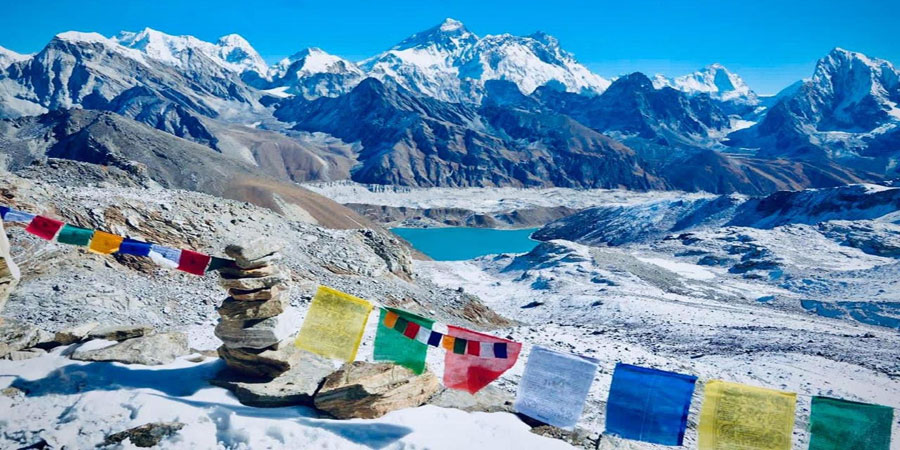
The Everest Region Trek: Facilities Traveler can Expect During the Trek!
The Everest Region Trek is not just a journey through the Himalayas — it’s a profound personal and cultural experience. Walking amidst the world’s highest peaks, including the mighty Mount Everest, offers trekkers more than just stunning landscapes; it presents a chance to connect with nature, push physical and mental boundaries, and immerse oneself in the resilient Sherpa culture.
Whether you reach Everest Base Camp, explore the serene Gokyo Lakes, or traverse the demanding Three Passes, every step brings a mix of challenge and awe. From the spiritual chants echoing in ancient monasteries to the simple hospitality of tea houses, the Khumbu region leaves a lasting impression on every traveler.
While the terrain may be rugged and the conditions harsh at times, the journey is well-supported with adequate facilities — from warm meals and cozy lodges to Wi-Fi and emergency services. With proper planning, physical preparation, and respect for the high-altitude environment, the Everest Region Trek becomes more than an adventure — it becomes a life-defining memory.
In the end, the Everest trek isn’t just about reaching a destination; it’s about the stories, the people, the mountains, and the deep sense of accomplishment that stays with you long after you’ve descended.
